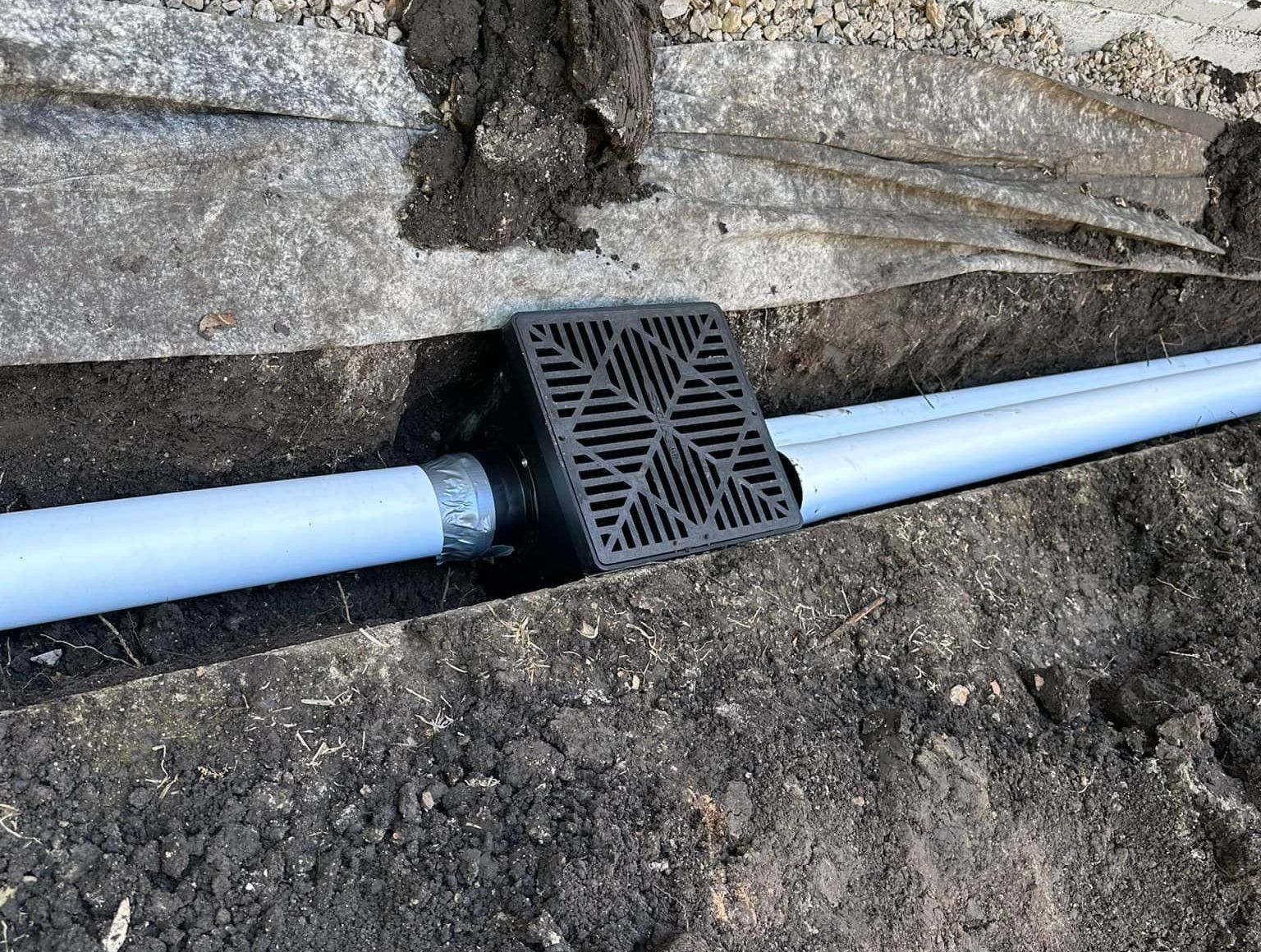Signs Your Home Needs Foundation Repairs and How to Fix Them
A solid foundation is crucial for the safety and longevity of your home. However, over time, foundation issues can arise due to factors like soil movement, moisture changes, and structural settling. Recognizing the early warning signs of foundation damage can save you from costly repairs and potential hazards. In this blog, we’ll explore the common signs of foundation problems and how to fix them.
Common Signs of Foundation Issues
1. Cracks in Walls and Floors
If you notice cracks in your interior or exterior walls, ceilings, or flooring, this may indicate foundation movement. Hairline cracks are normal, but large, widening, or stair-step cracks often signal serious foundation shifts that require professional attention.
2. Uneven or Sloping Floors
A noticeable slope or unevenness in your flooring suggests foundation settling. Over time, this can cause structural instability, making it essential to address the issue before it worsens.
3. Sticking Doors and Windows
If doors and windows suddenly become difficult to open or close, shifting foundations may be to blame. This occurs when the structure moves out of alignment, warping door and window frames.
4. Gaps Around Doors and Windows
Visible gaps between doors, windows, and their frames indicate foundation shifting. This misalignment can lead to air leaks, higher energy costs, and even pest infestations.
5. Bowing or Leaning Walls
Walls that appear to bow or tilt inward are a red flag for serious foundation problems. This can result from hydrostatic pressure, soil movement, or inadequate drainage around your home.
6. Water Pooling Around the Foundation
Poor drainage and water pooling near your foundation can weaken the structure over time. If you frequently notice standing water after rainfall, it could be contributing to foundation damage.
7. Chimney or Porch Separating from the House
A leaning or separating chimney is often a sign of foundation shifting. Similarly, if your porch or steps appear to be pulling away from the main structure, it’s time to inspect your foundation.
How to Fix Foundation Problems
1. Foundation Crack Repair
For minor cracks, sealing with epoxy or polyurethane foam can help prevent further damage. However, larger or expanding cracks should be assessed by a foundation specialist.
2. Pier and Beam or Slab Foundation Repairs
Depending on your home’s foundation type, repairs may involve installing concrete piers, steel piers, or helical piers to stabilize and lift the foundation back into place.
3. Drainage Solutions
Proper drainage is essential to preventing foundation issues. Installing French drains, sump pumps, or regrading your landscape can help redirect water away from your foundation.
4. Soil Stabilization
Expansive clay soil can cause foundation movement. Soil stabilization techniques, such as injecting chemical solutions or replacing unstable soil, can prevent further shifting.
5. Retaining Wall Construction
If soil erosion is contributing to foundation problems, building a retaining wall can provide additional support and prevent further movement.
6. Tunneling Services for Under-Slab Repairs
In cases where foundation damage affects plumbing or structural integrity, tunneling beneath the foundation allows for necessary repairs without major disruptions to your home.
When to Call a Professional
If you notice any of the signs mentioned above, it’s best to contact a foundation repair expert for an inspection. Ignoring foundation issues can lead to more extensive and costly repairs down the line. A professional can assess the damage and recommend the best course of action to restore your home’s stability.
Protect Your Home’s Foundation Today
At Garcia's Foundation and Drainage, we specialize in comprehensive foundation repair solutions, drainage systems, excavation, and concrete work. If you’re experiencing foundation issues, don’t wait—contact us today for a professional inspection and tailored repair solutions to keep your home safe and secure.


